At the heart of any trades-based business is the profit margin: the key metric that dictates how much profit is left after expenses for every dollar in revenue that the company generates.
This number is arguably the single most crucial indicator of the overall health of your business because it’s the valve through which profit flows.
Taking the time to optimize how your business operates can make incremental improvements to your profit margin and, in turn, multiply your profits over time.
Here are four steps that you can take to improve your operations metrics and boost your profit margin.
Step 1: Reduce ‘average time to repair’ for service calls.
The metric “average time to repair”, or “mean time to repair” is, in general, a good indicator of your technicians’ efficiency across the board and one that most trades business owners probably know well.
How much time is spent on the average work order translates to how many calls can be handled by the entire team on any given day, barring travel time. Less time spent on calls generally means technicians can complete more work orders in a shorter amount of time.
How reducing your mean time to repair can boost your profit margin:
Efficiency yields many rewards that can positively impact your profit margin. For one thing, less time spent per job means more jobs can be taken on.
Secondly, customers appreciate efficiency, which increases their likelihood of becoming repeat customers and even initiating a service contract.
But a word of caution: keep in mind that there is a limit to how quickly you should expect techs to complete different types of work orders.
If techs are already performing efficiently and still feel pressured to reduce their mean time to repair, it can lead to cutting corners. Taking shortcuts to complete a job more quickly can lead to higher call-back rates, more safety incidents, and a negative impact on the level of customer service that a tech provides – all of which are likely to negatively impact your bottom line.
The good news is that mean time to repair can be reduced without sacrificing the quality of work and/or customer service.
For starters, prioritize training that addresses the types of service calls that your technicians encounter most frequently. From there, you can also assign individualized training for techs whose mean time to repair indicates that they may struggle with certain scenarios or equipment.
Step 2: Use call-back data to deliver personalized training to your techs.
Call-backs are a thorn in every trades business owner’s side. The best way to approach measuring the call-back rate is to categorize call-backs by type of call and group them so that you can compare apples to apples. While a certain number of call-backs are inevitable, understanding what an ‘acceptable’ range looks like creates a baseline for performance.
How using the call-back rate as a key metric for your business can help boost your profit margin:
Once you have an idea of what an average call-back rate looks like for each type of work order, you can then benchmark your technician’s rates for those work order types. With enough data points, you’ll start to see patterns.
When taking a closer look at your technicians’ call-back rates across the types of job categories, you may see that Technician A struggles with a specific type of job while Technician B’s call-back rate for that same job type is much better than the average number of call-backs. Now you know that Technician A needs additional training on that subject matter, and you can make sure to prioritize Technician B for that type of job for at least the time being.
To address the skills gap, you can assign video courses or digital simulations to provide Technician A with the opportunity to practice and repeat specific job scenarios without the risk of a call-back.
Not only does this practice build confidence for your technician, but it dramatically reduces call-back rates. In fact, Interplay Learning client Success Academy found that call-back rates dropped significantly (-0.5) after implementing our virtual reality (VR) training.
Step 3: Improve your employee retention rate to avoid costly turnover.
It’s costly to attract, hire, and onboard new technicians to your company. The Society For Human Resources Management (SHRM) reports that the average cost to hire a new employee is over $4,000.
That cost grows exponentially if you’ve hired and trained technicians who don’t stick around, and you have to go back to square one to fill the opening again if they resign.
The best way to get out of the hire-train-rehire cycle is to make sure that your company is a place where your employees want to continue to work.
While providing competitive pay and benefits is the foundation for retaining employees, culture is a close runner-up. People, especially the fastest-growing segment of today’s workforce – millennials – want to work for employers invested in their growth and development.
A whopping 86% of millennials would be kept from leaving their current position if their employer offered training and development.
It is this desire for a clear path toward career advancement that leads directly to employee churn – nearly three quarters of high-retention risk employees will leave their current company in order to advance their career.
To that end, investing in training is one of the most important things you can do to demonstrate to your employees that you want to see them grow and succeed on their career path.
How investing in your training can boost your profit margin:
Investing in training improves the operational performance of your business (which positively influences your profit margin!) by creating better operational efficiencies.
Providing training also proves to your employees that you are invested in their growth, which promotes job satisfaction and morale, two vital elements in reducing employee churn and protecting your profit margin from the hire-train-rehire cycle.
And the results of putting learning at the center of your company’s culture speak for themselves: employee retention is boosted 30-50% in companies with strong learning cultures.
Step 4: Reduce your time to hire to drive more revenue.
Do you measure how long it takes to successfully make a new hire from the day a job is posted until the day it’s filled? This metric is called “time to hire,” and it has an unexpected effect on your profit margin.
The longer it takes you to fill an open position, on average, the more money you are leaving on the table because open positions represent “unavailable” technicians (since they haven’t yet been hired!) who cannot be utilized. This means your entire schedule is artificially constrained, which tightens the valve on your profit margin over time.
How reducing your time to hire can boost your profit margin:
The quicker open jobs get filled, the quicker your company’s capacity to generate revenue expands.
One of the most effective hiring tools to attract and hire new technicians is a strong training program. The reason is two-fold.
For one thing, facilitating a solid training program for your employees signals to potential new hires that your company recognizes the importance of growth and development.
You might be surprised at how attractive training is to job-seekers. In fact, over two-thirds of employees say they would be at least somewhat likely to leave their current job to work for a company with a reputation for investing in the learning and development of their employees.
Secondly, with a strong training program in place and a focus on building new skills, you can broaden your net for new hires by hiring for attitude with a plan to train for aptitude – an essential strategy to enable the growth of the business during a time when skilled tradespeople are becoming harder and harder to find.
Summary
The main takeaway is to start measuring what matters and follow up by implementing training that can help improve those metrics.
By creating a culture of learning as part of your company’s DNA, you’ll see the returns multiply across key operational performance, hiring, and retention metrics – all of which impact your profit margin and, as a result, your bottom line.
For more information or help on creating a training program that will boost your profit margins, contact Interplay Learning today.









